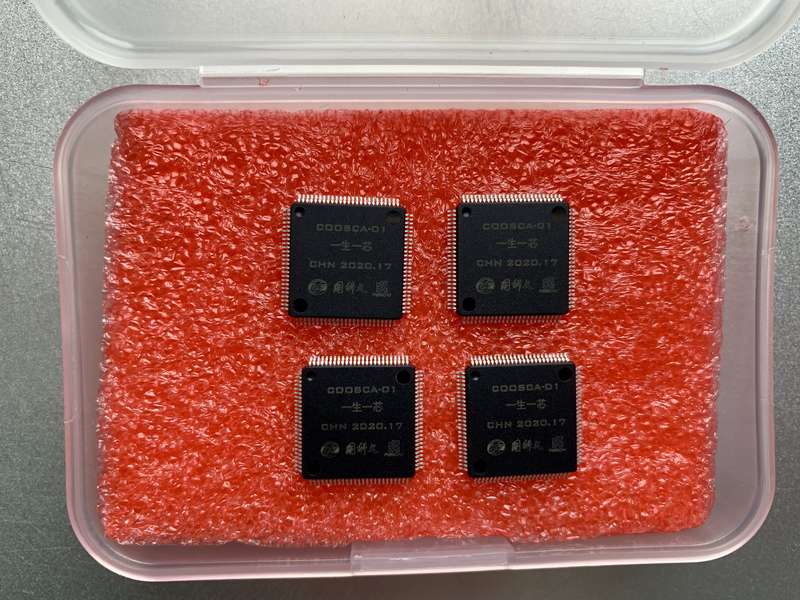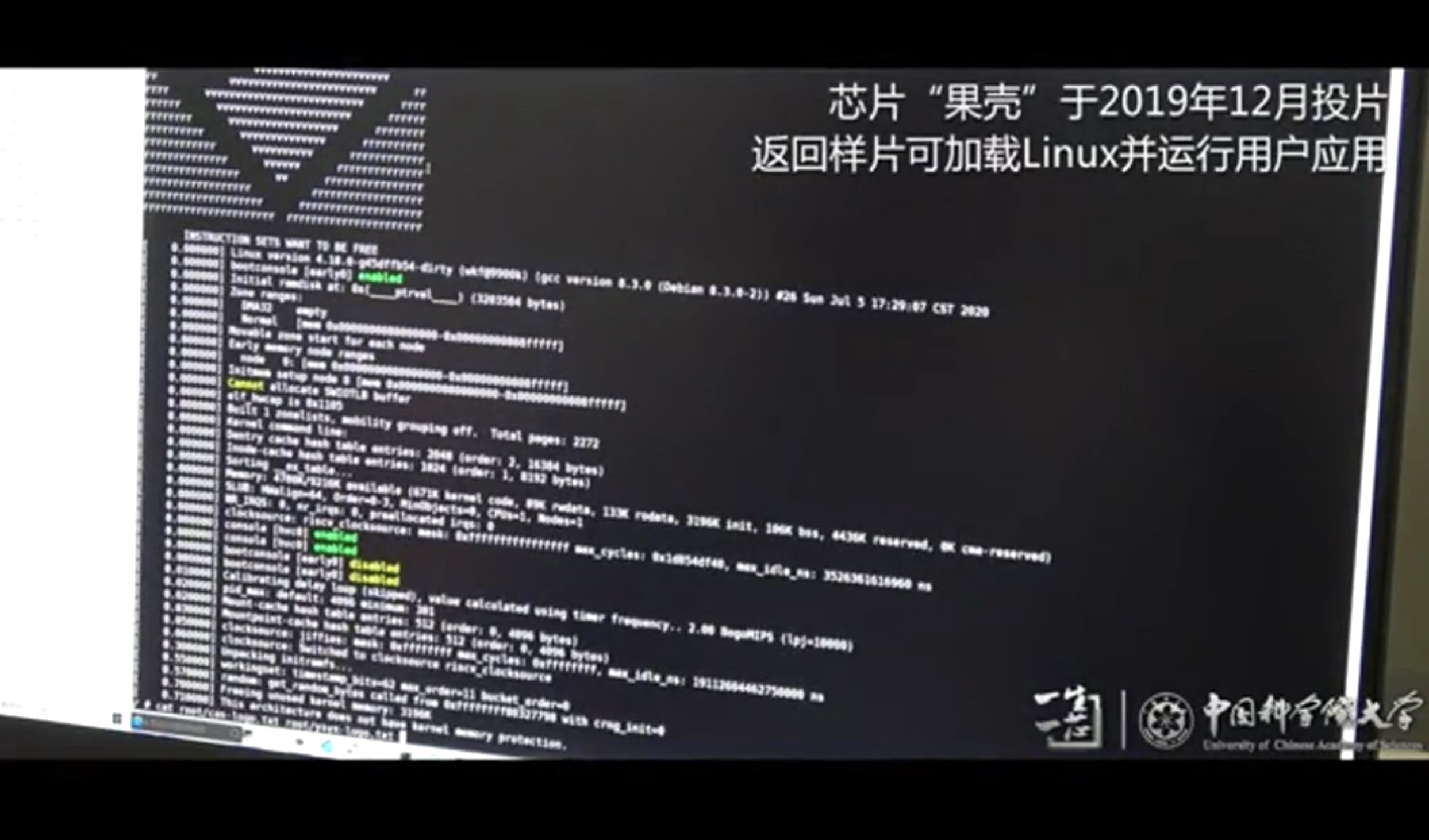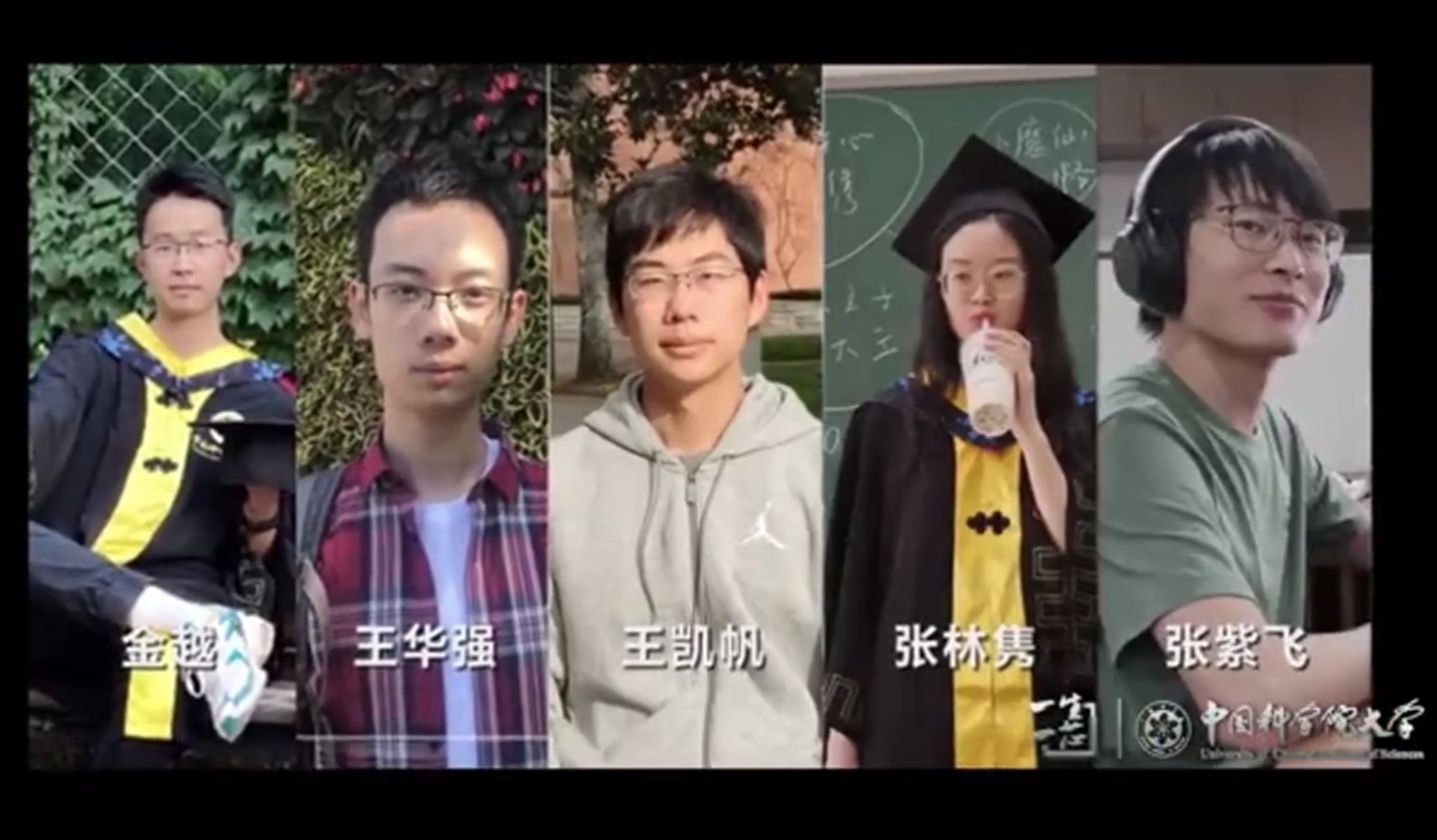This is in my opinion a very good article from the Wall Street Journal
OPINION COMMENTARY
What China Learned From Cold War America
After the Sputnik launch, the U.S. invested billions in science and innovation. Beijing is trying to follow that example now.
By David P. Goldman
July 24, 2020 3:17 pm ET
China thinks that power is the arbiter of world affairs, and that technology is power. That’s something it learned from Ronald Reagan. He won the Cold War with a military buildup that catalyzed an economic revolution. Military research and development produced countless inventions of the Digital Age, from fast and cheap microchips to the internet. The Soviet Union folded in the face of America’s superior arms and entrepreneurial growth. China watched and learned.
It’s fashionable to talk of a “new Cold War” and China as another Soviet Union. It’s nothing of the sort. We face a strategic rival that wants to play America’s winning hand in the Cold War, through massive support for dual-use technologies, guided by a Communist legislature that includes more than 100 billionaires. And this strategy is hardly a secret; Huawei’s plan to seize the control points of the Fourth Industrial Revolution is promulgated in streaming video on the company’s website.
China already leads in 5G broadband, building three times as many network towers as America on a per capita basis. Americans tend to think of broadband as a consumer technology and 5G as a faster way to download videos. China views 5G as the enabler of a Fourth Industrial Revolution, just as railroads launched the First Industrial Revolution. (The second and third were powered by electricity and computing, respectively.) Made possible by 5G are game-changing technologies like self-programming industrial robots, remote robotic surgery, autonomous vehicles, and smartphones that do medical diagnostics and upload data to the cloud in real time—not to mention deadly drone swarms and other military applications.
China has become the world leader in artificial intelligence, not because its computer scientists are smarter than Microsoft’s , but because China has a huge advantage in data—the fuel that powers the AI engine. In medical technology, which may become the biggest growth industry of the 21st century, it commands a vast database of digitized patient medical histories and DNA. Soon it will have real-time readings on the vital signs of hundreds of millions of its own people, and, if Huawei’s plans mature, hundreds of millions of people outside China as well.
Meanwhile the U.S. now spends 0.6% of gross domestic product on federal support for R&D, compared with 1.2% under Reagan. Washington is falling behind because it abandoned the defense driver for innovation that won the Cold War. The digital age would still be struggling to be born were it not for America’s tech companies, but for the past 20 years they’ve shifted to capital-light software, letting Asia make the hardware. China subsidizes capital-intensive industry the way the U.S. subsidizes stadiums. This shortsightedness now threatens America’s standing as the world’s leading military power and largest economy.
ADVERTISEMENT
There’s a world of difference between winning and making yourself feel better while losing. It’s time for the U.S. to face up to the magnitude of the Chinese challenge and abandon some self-consoling myths—such as the tired notion that China steals technology because it can’t innovate. China can innovate, and already it is ahead in 5G broadband, quantum cryptography and key applications of AI. Homegrown innovation, not intellectual property theft, should be America’s biggest tech worry.
Further, China’s banks won’t collapse anytime soon. Growing countries with a high national savings rate and a current-account surplus don’t have unmanageable financial crises. China’s economy will show positive growth this year while U.S. and European economies shrink.
Restricting China’s access to technology—for example, computer chips built by foreign foundries using American equipment—will slow China only temporarily. Huawei may not be able to fabricate chips in Taiwan, but it can hire anyone who’ll work for it, and about 10% of Taiwan’s chip engineers are now working in mainland China to build up Beijing’s domestic semiconductor industry. The U.S. still leads in chip-making equipment, but American machines are neither indispensable nor the most advanced in the key area of lithography.
Placing tariffs on Chinese exports to the U.S. hasn’t hurt China much, either. Total Chinese exports to the U.S. now amount to less than 3% of Chinese GDP. Exports have fallen to 18% of China’s GDP, from a 2006 high of 36%, as domestic consumption has risen. In fact, per capita domestic consumption has risen ninefold in the past 30 years.
ADVERTISEMENT
Financial sanctions against China have backfired. The Trump administration’s threat to kick Chinese companies off U.S. exchanges only threw them into Xi Jinping’s briar patch—that is, Hong Kong, where secondary listings have drawn tens of billions of dollars into the local market.
Denouncing human-rights abuses, like the brutal treatment of the Uighur minority in Xinjiang province, doesn’t impress Beijing. The Chinese empire has been exterminating what it sees as “unruly barbarians” on its borders for thousands of years, and it won’t change its methods now.
Whatever opprobrium China deserves for the Covid-19 pandemic, wagging fingers won’t get anyone anywhere. The U.S. needs to play offense, not defense. That means a return to the policies that won the Cold War and made American innovation the envy of the world: Reagan-era funding levels for basic research, Manhattan Project priority for critical technologies like quantum computing and missile defense, a national program for 5G build-out, and a science education program on the model of the post-Sputnik National Defense Education Act of 1958.
Staying ahead of China will take 10 years and a trillion dollars. America can’t do it by trying to chase Huawei out of foreign markets and scolding Chinese officials for repression in Hong Kong. We need the kind of visionary leadership that brought Americans to the moon in 1969 and took down Soviet communism 20 years later. We’ll get Beijing’s undivided attention when we can destroy Chinese carrier-killer missiles in flight, and when we can produce innovations that China can’t match.
ADVERTISEMENT
Mr. Goldman writes the Spengler column for Asia Times and is author of “You Will Be Assimilated: China’s Plan to Sino-Form the World.”
Journal Editorial Report: Paul Gigot interviews Michael Pillsbury. Image: Anthony Kwan/Getty Images
POPULAR ON WSJ.COM
TECH
Amazon Met With Startups About Investing, Then Launched Competing Products
Read More
BUSINESS
Companies Start to Think Remote Work Isn’t So Great After All
Read More
ECONOMY
Second Stimulus Payment Could Deliver Cash Even Faster
Read More
MEDIA & MARKETING
A&E Has Lost Half Its Viewers Since Dropping ‘Live PD’
Read More
EDITORIAL
A Note to Readers
Read More
BACK TO TOP
WSJ Membership Benefits
Customer Center
Legal Policies
©2020 Dow Jones & Company, Inc.
All Rights Reserved.

![[IMG] [IMG]](https://cdn.mos.cms.futurecdn.net/sxMX8j9A2XsUSTpRFSRuZa-320-80.jpg)


